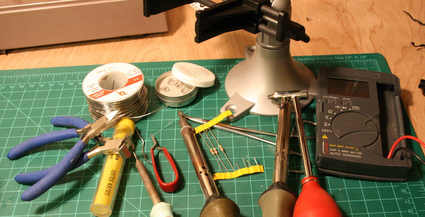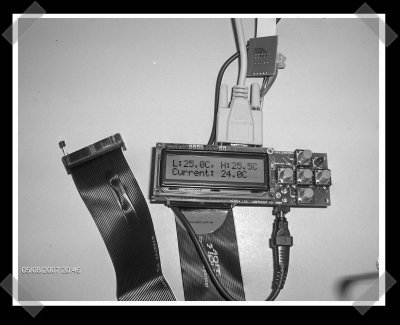
This nifty thermostat is actually built from just a few off the shelf components. A Dallas DS1820 1-wire temperature sensor provides and an Olimex ATMega development board. If you’re not so handy with the soldering side, you can pull this one off. The device can be programmed by the button cluster and will even output status via the serial port.
soldering197 Articles
UPCB Makes Your Arcade Stick Universal
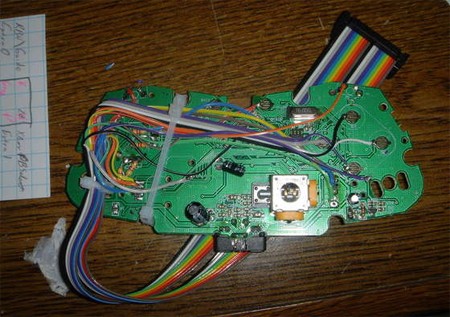
The Universal PCB project lets you make any controller (specifically arcade sticks) console agnostic. A PIC microcontroller is used to translate between the button presses and the signals for the specific console you’re connected to. It uses a DB15 for the external plug. The PIC knows which console you’re plugged into based on which pins are high or low in your console specific adapter cable. The board includes a piggyback plug so you can plug in an Xbox360 controller board (like the one above) since the console requires authentication. The PIC’s firmware is conveniently upgradeable over the USB cable.
How-To: Go Green With Lead Free Solder
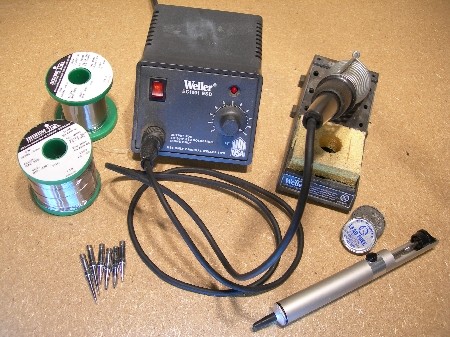
We covered many of [Jason Rollette]’s personal projects in the past and are happy to welcome him as our newest Hack-A-Day contributor.
The electronics industry has shifted to lead free compliance, but most hobbyists haven’t even considered the personal impact of using lead. Today’s How-To will cover what it takes to switch from tin/lead solder to completely lead free. Our previous posts Introduction to soldering and the follow-up still apply to lead free. You may have never considered switching to lead free before, but we hope to help you make an informed decision.
Li-ion For Your Roomba
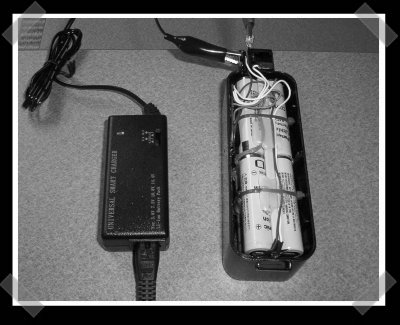
[gim] gutted some li-ion laptop batteries to replace his roomba’s battery pack. He had to pick up a li-ion charger and add a protection circuit to deal with the li-ion cells, but ended up with a new lighter pack for his roomba. If you head this way, the protection circuit is a vital component to prevent fires/explisions/etc. Looks like a great resource for robot power or even R/C projects.
How-To: Introduction To Soldering
It’s been a while since we’ve had a fresh How-To on the Hack-A-Day, and frankly we’ve missed them. To get things rolling, [Eliot] and I wanted to build a good knowledge base to help you hack your own stuff. I know that soldering won’t be new to many of our readers, but everyone has to start sometime. Our hope is simple: that this new series of How-To’s will help inspire new and experienced hackers alike.
Pulse Soldering Iron
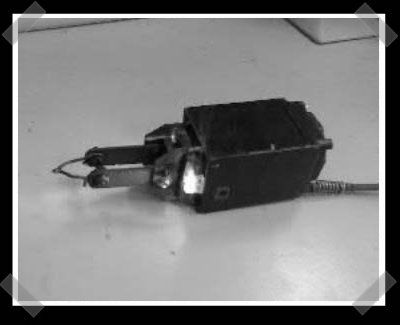
I’m always interested in new ways to solder. [SPman] sent in this diy pulse soldering iron. It heats up in 5 seconds on demand, then cools in about 15. The writeup is a bit terse (since it’s translated from Russian), but it would definitely be handy for larger wiring jobs. The transformer is hand wound, and an oscillation driver forms a sort of crude frequency modulation to run the MOSFETS that drive the heating elements. I’d keep it away from delicate electronics unless you’re confidant of the temperature stability. It was designed for 220V, so you’d need to modify the transformer a bit to get similar performance on a 110V circuit.
Solder Paste And Reflow How-to
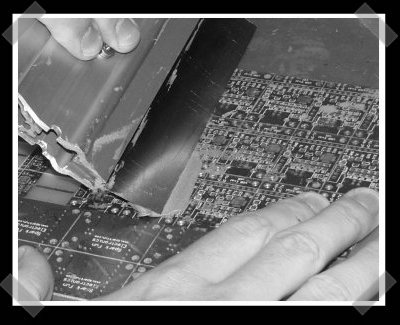
I was poking around spark fun electronics, and came across this interesting walk through showing spark fun’s solder stenciling technique. (I’d put on some gloves before handling that much lead paste) They top it off with some alternative ways of doing reflow work. My favorite has to be the target hotplate method. It’s a nice introduction if you’re interested in doing SMD work to save money and space on your projects [but not sanity. say goodbye to that] Me? I’ve used a 15 watt weller with a dremel modified small tip. It works great if you’ve got some one of those syringes of heat activated glue. Place, bake and solder.

